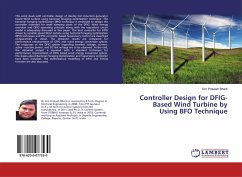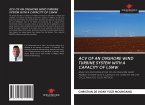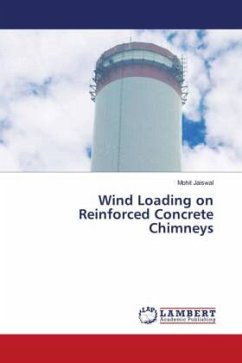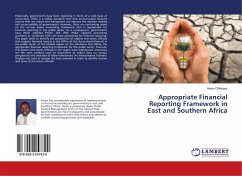Exponential growth of the global wind turbine market has led to a significant increase in the capacity of wind turbine generators. Modern turbines require higher support structures as higher wind speeds combined with longer blades are necessary to increase their generating capacity. The standard 80-90 m tower is thus not economically viable anymore. Transportation logistics of large steel towers has led to concrete towers becoming a viable option. There are currently no design codes dealing exclusively with the design of concrete wind turbine towers. The aim of this project is to investigate and highlight important aspects of the design process of a normally reinforced high strength concrete wind turbine tower. The tower was designed using nonlinear finite element modelling as a design tool to accurately design the tower for various loads and load cases. An analytical design method was developed that can be used in the preliminary design stage. Finally, the importance of the soil-structure interaction was investigated through a sensitivity analysis.








